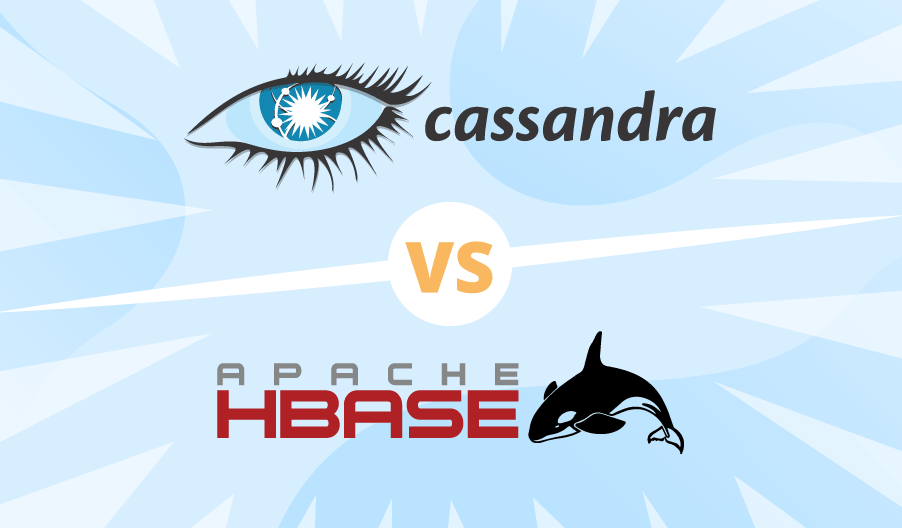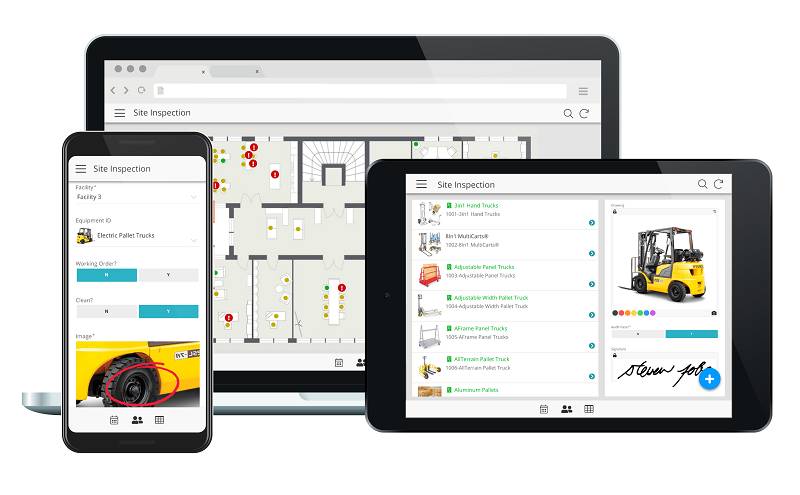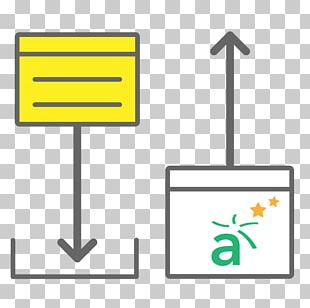
Selecting the best database management system is the key to ensure effective, streamlined app development process and a successful end outcome. However, choosing an ideal system for a project is not very easy for there are always a number of details to be considered at every turn. Especially when it impacts the performance of your project and the development process.
In this article, we will be taking an in-depth look into two such popular systems and look into how they stack up against each other: HBase vs Cassandra.
We will be exploring the essentials, architecture, performance, amongst other things.
- What is HBase?
- What is Apache Cassandra?
- The Similarities Between HBase and Cassandra
- HBase vs Cassandra: The Differentiating Factors
- When to Use Which Database
Let us start with the overviews first.
What is HBase?

HBase is a distributed, scalable, column-based database with dynamic diagram for structured data. It enables efficient and reliable management of large data sets which are distributed among multiple servers.
HBase Architecture & Structure
It is a one of a kind database which works on multiple physical servers simultaneously, which ensures a smooth operation even though the servers are not operating together. HBase data model uses two primary processes for ensuring ongoing operations:
A. Region Server – It can support various regions. The region here stands for record array that corresponds to a specific range of consecutive RowKey. Every RowKey contains these elements –
- Persistent Storage – It is a permanent storage data location in HBase. The files are used in the HDFS storage in HFile format. The RowKey sorts this data type and divides them in pairs, where each pair aligns with one HFile.
- MemStore – It is a write buffer in which anything written to the HBase gets stored. When the MemStore reaches a specific size, the data gets written in a new HFile.
- BlockCache – It is a read cache which enables you to save time on the data which is frequently read.
- WAL – When the data is written into memstore, there is always a risk of losing it. WAL (Write Ahead Log) saves all the operations prior to its implementation. This way, the data can be recovered if something happens.
B. Master Server – It is the primary server of Apahe HBase. It manages regions distribution across Region Server, monitors regions, manages running of the ongoing tasks and performs a series of other necessary tasks.
To coordinate the action between services, it uses Apache ZooKeeper – a service for configuration and service sync management.
What is Apache Cassandra?

Cassandra belongs to the NoSQL-system class and is designed for creating reliable, scalable repositories of data arrays which are represented as hash. It works with key space, which aligns with the concept of database scheme in relational model. There can also be multiple column families that relate to the concept of relational table.
Apache Cassandra Architecture
The idea behind the Cassandra architecture is to have a P2P distributed system which is made of nodes cluster in which a node can accept the read or write requests. Every node in the cluster communicates the state information about itself and the other nodes through P2P gossip communication protocol. This together forms the basis of Cassandra data modeling and analysis.
At the center of the Apache Cassandra data model lies a Log Structured Merge storage engine. It comes with key elements like:
- Memtable
- Commit log
- SSTables
- Compaction
The overview of both HBase database management system and Cassandra must have given you an idea of how similar the features of HBase and cassandra can be.
The Similarities Between HBase and Cassandra
1. Database
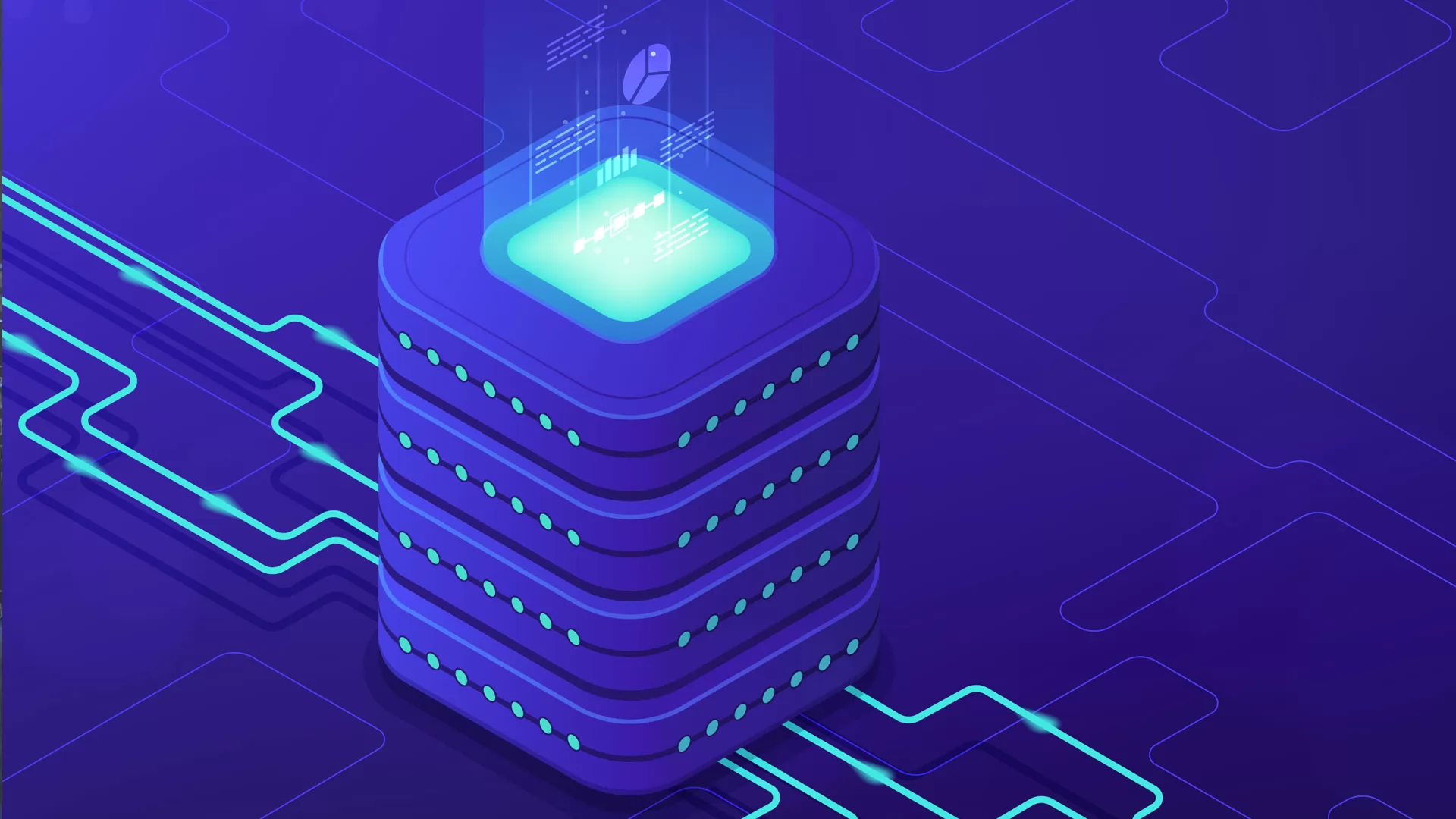
Both HBase and Cassandra are NoSQL open-source databases (like Aerospike database). Both of them can handle large data sets and non-relational data, which includes images, audio, videos, etc.
2. Scalability

Both HBase and Cassandra have a high linear scalability feature. Under the feature, users who want to handle more data only need to increase the nodes number in cluster. This makes them both equally good choices for handling huge data.
3. Replication
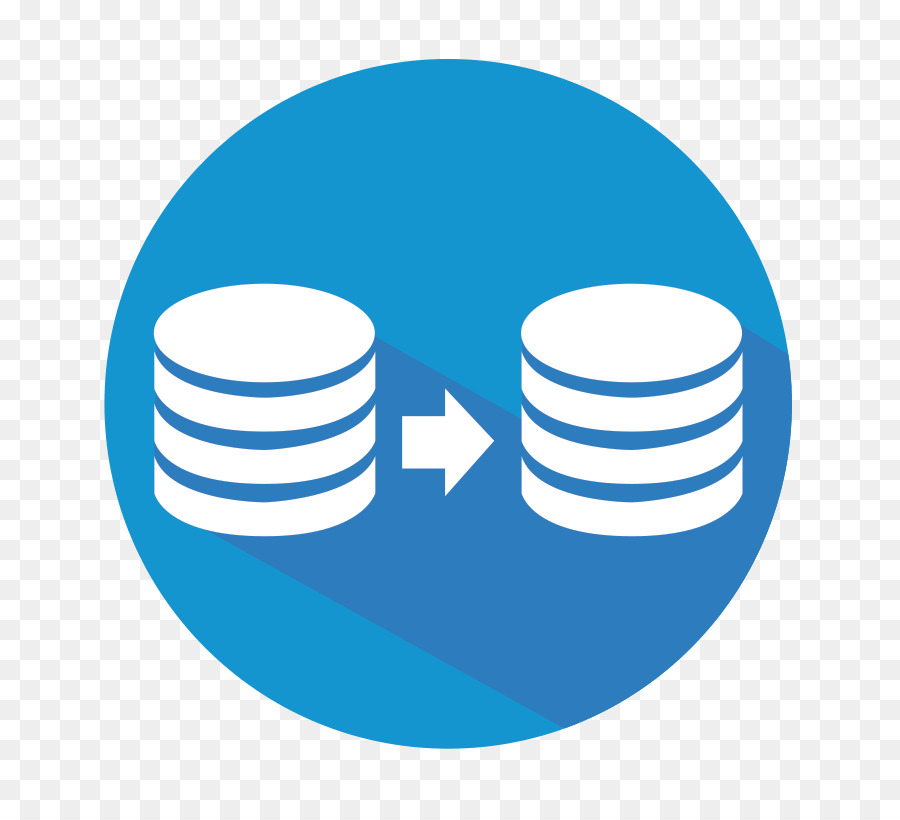
In case of both HBase and Cassandra, there is a safeguard which prevents the loss of data even after it fails. This is done through the mode of replication. The data which is written on one node gets replicated on multiple nodes in a cluster. Because of this, if a node fails, a redundant node is always present for accessing data.
4. Coding
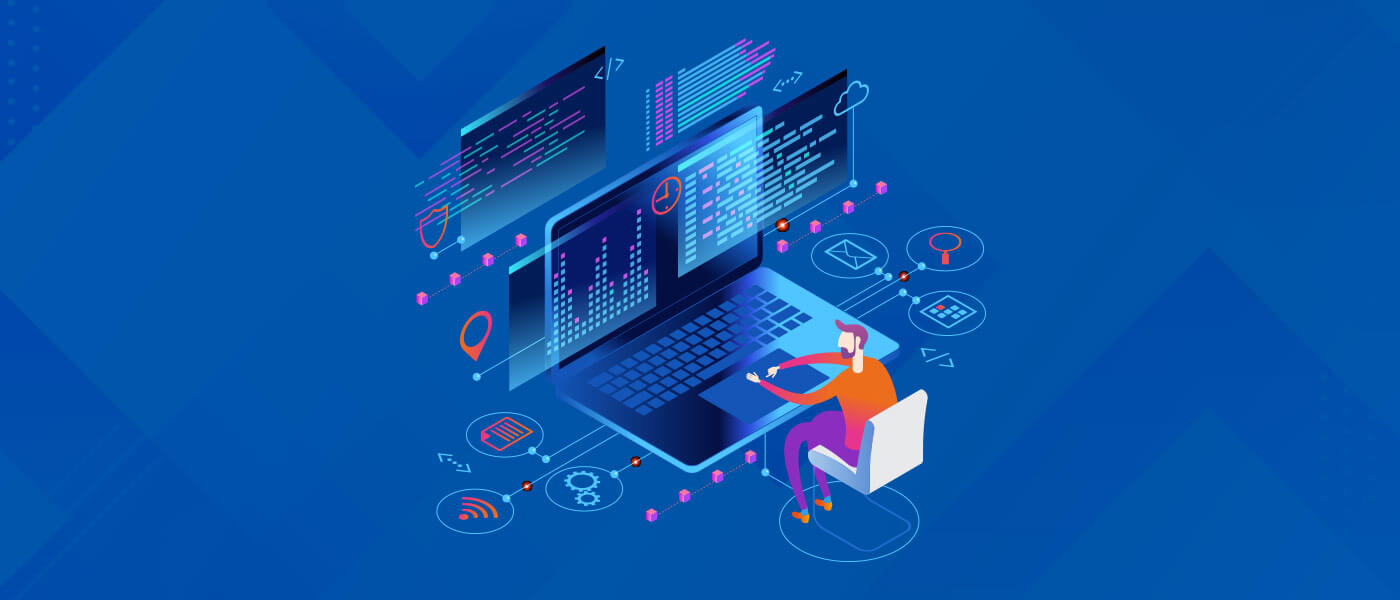
Both the databases are column-oriented which implement similar write paths. Columns are mainly the center storage unit in a database. Users can add columns according to their requirements. Additionally, the right path starts with logging a write operation to log file. It is basically done for ensuring durability.
Now that we have looked into what makes them similar, let us shift our attention to the difference between HBase and Cassandra.
HBase vs Cassandra: The Differentiating Factors
1. Data Models

While the terms of both the databases are more or less, there are some fundamental difference between HBase and Cassandra.
The column in Cassandra is like HBase’s cell. Its column family is also more like HBase table. On the other hand, HBase column qualifier is a lot like Cassandra’s super column.
One of the Cassandra key characteristics is that it only allows for a primary key to have multiple columns and HBase only comes with 1 column row keys and puts the responsibility of the row key design on the developers. Also, Cassandra’s primary key contains partition key and the clustering columns in which the partition key might contain different columns.
2. Architecture

HBase has a master-based architecture while Cassandra has a masterless one. It means that HBase comes with a single failure point, while Cassandra does not. The HBase client communicates directly with slave-server without contacting master, this gives a working time once the master is down.
Moreover, in the Cassandra and HBase comparison, the former supports both data storage and management, while in case of the latter, the architecture is only designed for data management while it relies on other systems/technologies for storage, server status management, and metadata.
3. Performance – Read & Write Capability

When the comparison is drawn between Apache Cassandra performance and Apache HBase performance, it is done on the front of read and write capability.
Write: Both HBase and Cassandra’s on-server write paths are fairly alike. There are some differences though which makes Cassandra better, like the difference in names for the data structure and the fact that HBase does not write to log and then cache simultaneously.
Read: If you are looking for consistent and fast reads, you should go with HBase. Since it writes on only one server, there is never the need of comparison between the various nodes’ data versions.
Even though Cassandra can handle over 129,000 reads in one second, the reads are targeted and there are high probability of them being inconsistent.
4. Security

Both HBase and Cassandra offer not only database-wide access control but also granualty of a certain level. Cassandra allows row-level access while HBase goes a step ahead and offers cell-level access. Cassandra sets the users roles and their condition, while HBase comes with an inverse move in which the administrators assign visibility label to the data sets and then informs user groups which labels they can view.
5. Infrastructure
HBase makes use of the Hadoop infrastructure which consists of moving parts such as HBase master, Zookeeper, Name and Data nodes.
Cassandra comes with several different operations and infrastructure. It also uses different DBMS in addition to the infrastructure. A number of Cassandra apps also use Storm or Hadoop. Additionally, its infrastructure is based on a single node type structure.
6. Support

The support specific Cassandra and HBase comparison looks like this – HBase doesn’t support the ordered partitioning, while Cassandra does. Ordered partitioning leads to making the row size in Cassandra to 10s of megabytes.
7. Nodes
In the case of Cassandra, the users have to identify nodes as seed nodes. These serve as the points for inter-cluster communications. In the case of HBase there are several master nodes. They monitor and coordinate actions of region servers.
8. Internode Communication
Both HBase and Cassandra have internode communication. While Cassandra uses the Gossip Protocol, HBase uses Zookeeper Protocol where a single node acts as boss through with the other nodes gets the necessary data.
9. Transactions
When it comes to HBase vs Cassandra comparison in terms of transactions, Cassandra comes with the feature of lightweight transactions. The mechanisms used here are Row-Level Write Isolation and Compare and Set. While, on the other hand, HBase works with two different mechanisms known as Check and Put and Read Check Delete.
10. Documentation
Cassandra’s documentation is a lot better than HBase’s documentation. Because of this, working on and learning Cassandra also becomes easier.
11. Query Language

Both HBase and Cassandra shell are based on the JRuby shell. Cassandra query language, is very specific. It is CQL (which is modeled in the line of SQL). Compared to HBase query language, the functions and features of CQL are far more rich.
The differences between HBase and Cassandra shows that there is no concrete answer to which database is better of the two. It all boils down to when to use which.
When to Use Which Database

The Cassandra and HBase use cases can be differentiated on the grounds of application type they are used in and the outcome expectation that an app development company has.
Use HBase if you need consistency in the large scale reads and if you work with a lot of batch processing and MapReduce for it has a direct relation with the HDFS.
HBase’s use cases consist of online log analytics, write-heavy applications, and apps that need a large volume, such as Facebook posts, Tweets, etc. Additionally, there is a large set of use cases related to Cassandra Hadoop integration.
Use Cassandra if high availability of large scale reads are needed. Also, since it requires a very minimum setup with less administration overhead it is a lot easier to get the process started in. It also offers greater flexibility in CAP theorem tradeoffs.
Some examples of what is Cassandra used for can be seen in the development of messaging systems, e-commerce websites, and real-time sensor data.
In short, use HBase data model and implementations when you have to analyze for big data or have to perform aggregations. Use Cassandra if you have to emphasize on interactive data and real-time transaction processing.
